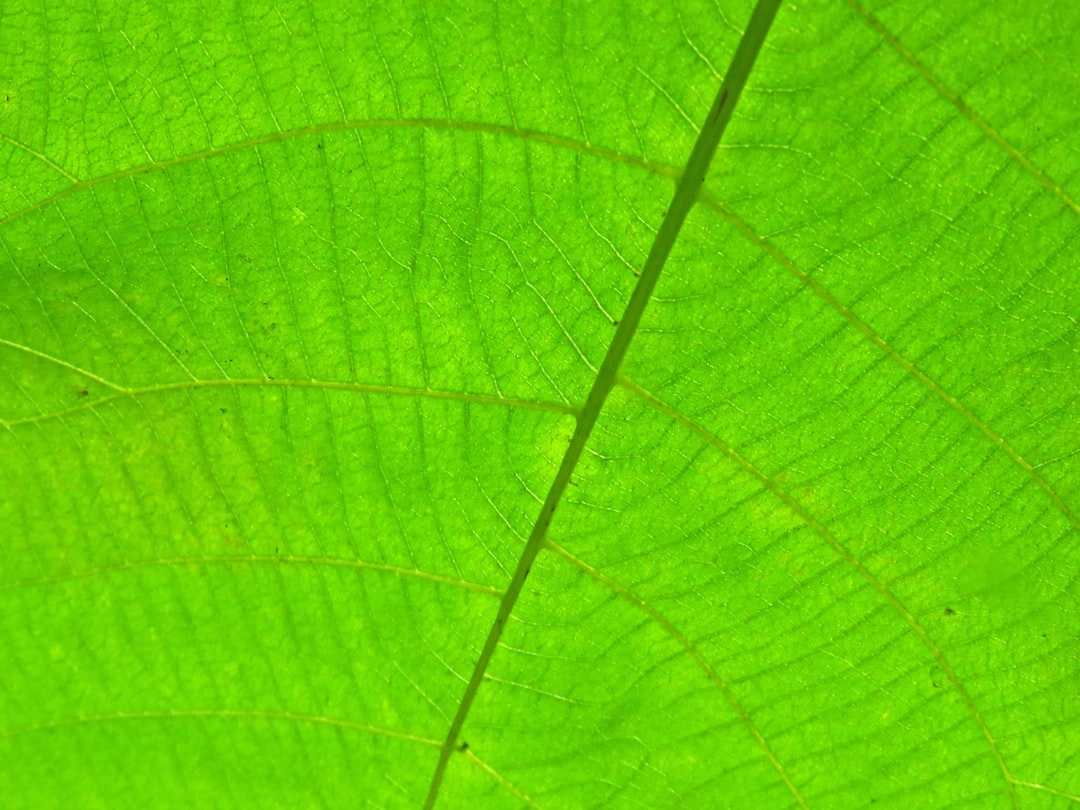What it is:
Modern architectural facades refer to the exterior appearance and design of buildings. Green approaches in architectural facades focus on incorporating sustainable and environmentally friendly elements and practices to minimize the negative impact on the environment. These approaches aim to create buildings that are energy-efficient, utilize renewable resources, promote biodiversity, and enhance the overall well-being of occupants.
Real-World Problems:
In today’s rapidly urbanizing world, there are several challenges associated with modern architectural facades and the adoption of green approaches. These problems include:
1. Energy Overconsumption: Many buildings have inefficient facades that result in excessive energy consumption for heating and cooling. This leads to increased greenhouse gas emissions and exacerbates climate change.
2. Poor Indoor Air Quality: Inadequate ventilation and the use of low-quality materials in facades can contribute to poor indoor air quality. This can lead to several health issues for occupants, such as respiratory problems and allergies.
3. Heat Island Effect: Traditional facades with materials that absorb and retain heat contribute to the formation of urban heat islands. This effect raises local temperatures, increases energy demand for cooling, and contributes to poor air quality.
4. Water Consumption: Inefficient facade design often leads to excessive water consumption due to improper rainwater harvesting and inadequate water management systems. This can strain local water resources and contribute to water scarcity.
5. Habitat Destruction: Conventional building facades often disregard the importance of preserving local ecosystems. Clearing natural vegetation and using non-sustainable materials can harm biodiversity and disrupt the ecological balance.
6. Lack of Awareness and Regulations: Despite the availability of various green technologies and materials, there is a lack of awareness and enforcement of regulations regarding sustainable and green building practices. This hinders the widespread adoption of environmentally friendly facades.
Addressing these real-world problems requires a shift towards incorporating green approaches in modern architectural facades. By embracing innovative design, materials, and technologies, we can create buildings that are not only visually appealing but also environmentally responsible and sustainable.

Solutions to Real-World Problems:
1. Energy Overconsumption:
– Improve insulation and use energy-efficient glazing in facades.
– Incorporate passive design strategies, such as natural ventilation and daylighting.
– Utilize renewable energy sources, such as solar panels, for onsite energy generation.
2. Poor Indoor Air Quality:
– Implement proper ventilation systems and air filtration technologies.
– Use low-toxicity and sustainable building materials to minimize indoor air pollutants.
– Provide access to natural ventilation and green spaces within the building design.
3. Heat Island Effect:
– Incorporate green roofs and living walls to reduce heat absorption and improve insulation.
– Use heat-reflective materials for facades to minimize the absorption of solar radiation.
– Promote urban greening initiatives and the creation of public green spaces to mitigate the heat island effect at a city-wide scale.
4. Water Consumption:
– Implement rainwater harvesting systems and use efficient irrigation methods to utilize and conserve water resources.
– Design facades that are capable of capturing and reusing rainwater for non-potable purposes.
– Promote water-efficient fixtures and appliances within buildings.
5. Habitat Destruction:
– Embrace sustainable and locally sourced materials for facade construction.
– Incorporate green spaces and native vegetation within and around buildings to support biodiversity.
– Utilize environmentally friendly construction practices that minimize habitat destruction.
6. Awareness and Regulations:
– Educate stakeholders, architects, and builders about the benefits and importance of green approaches in architectural facades.
– Implement and enforce stricter building codes and regulations to promote sustainable building practices.
– Provide incentives and certifications for developers who adopt green approaches in their facade designs.













